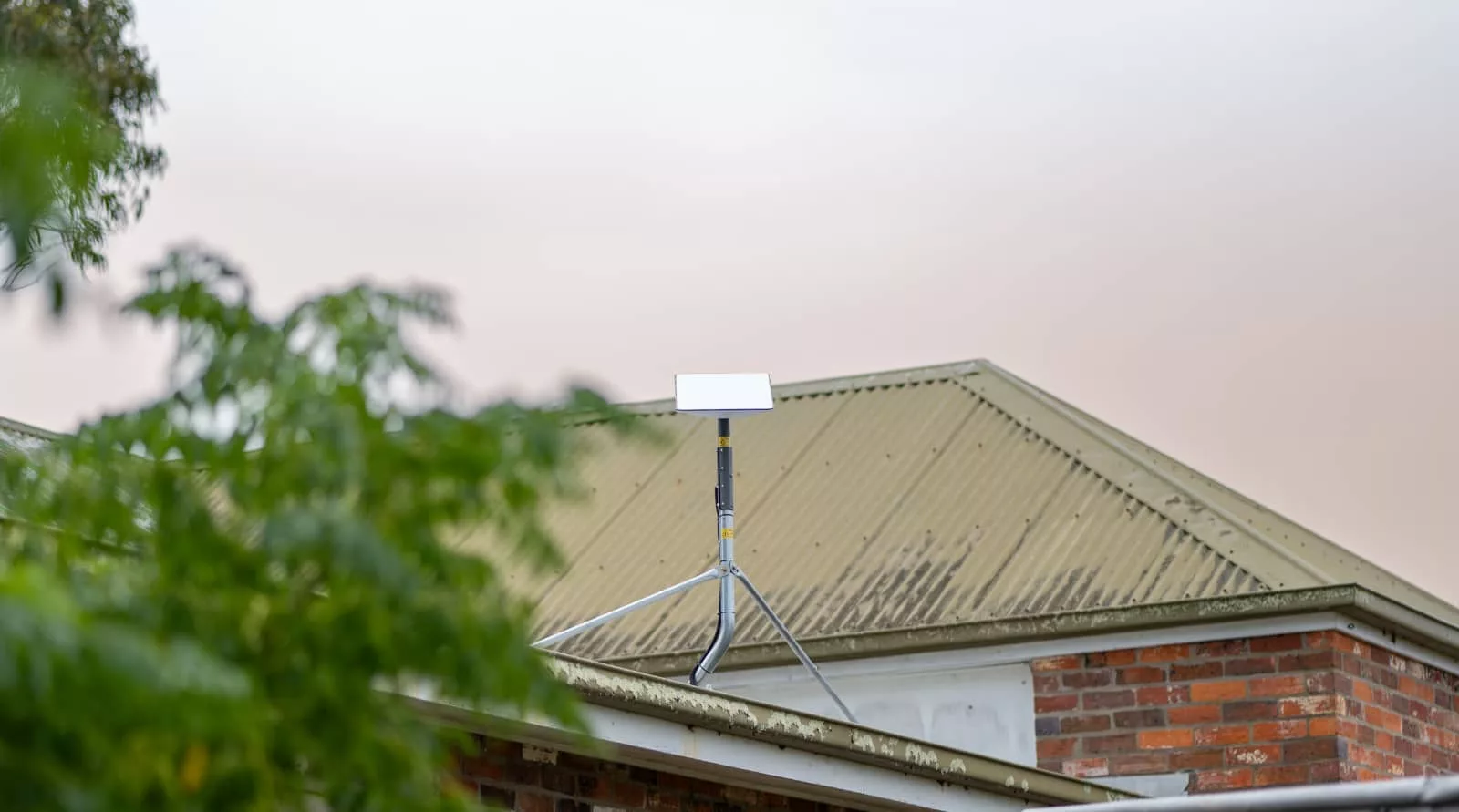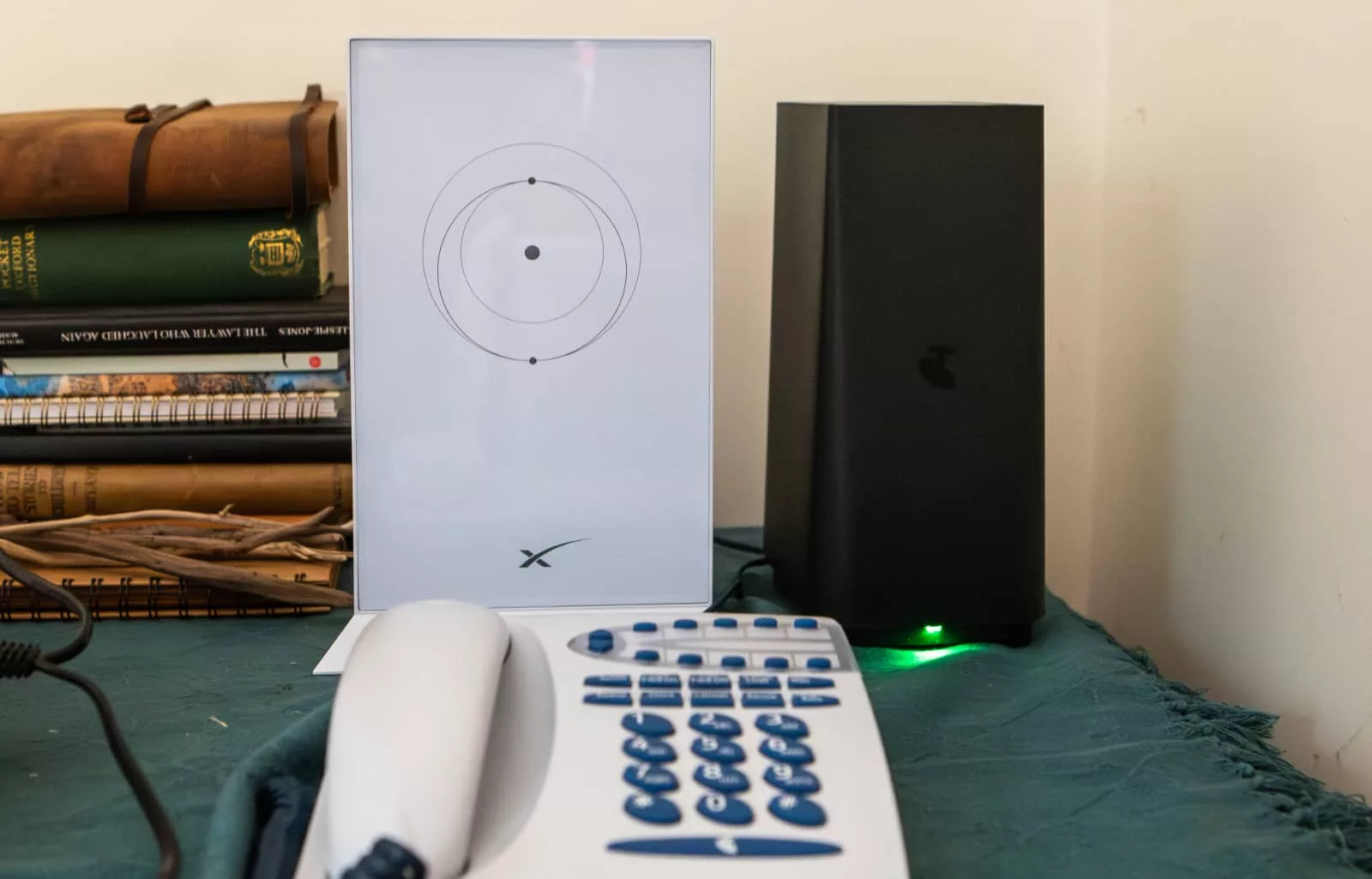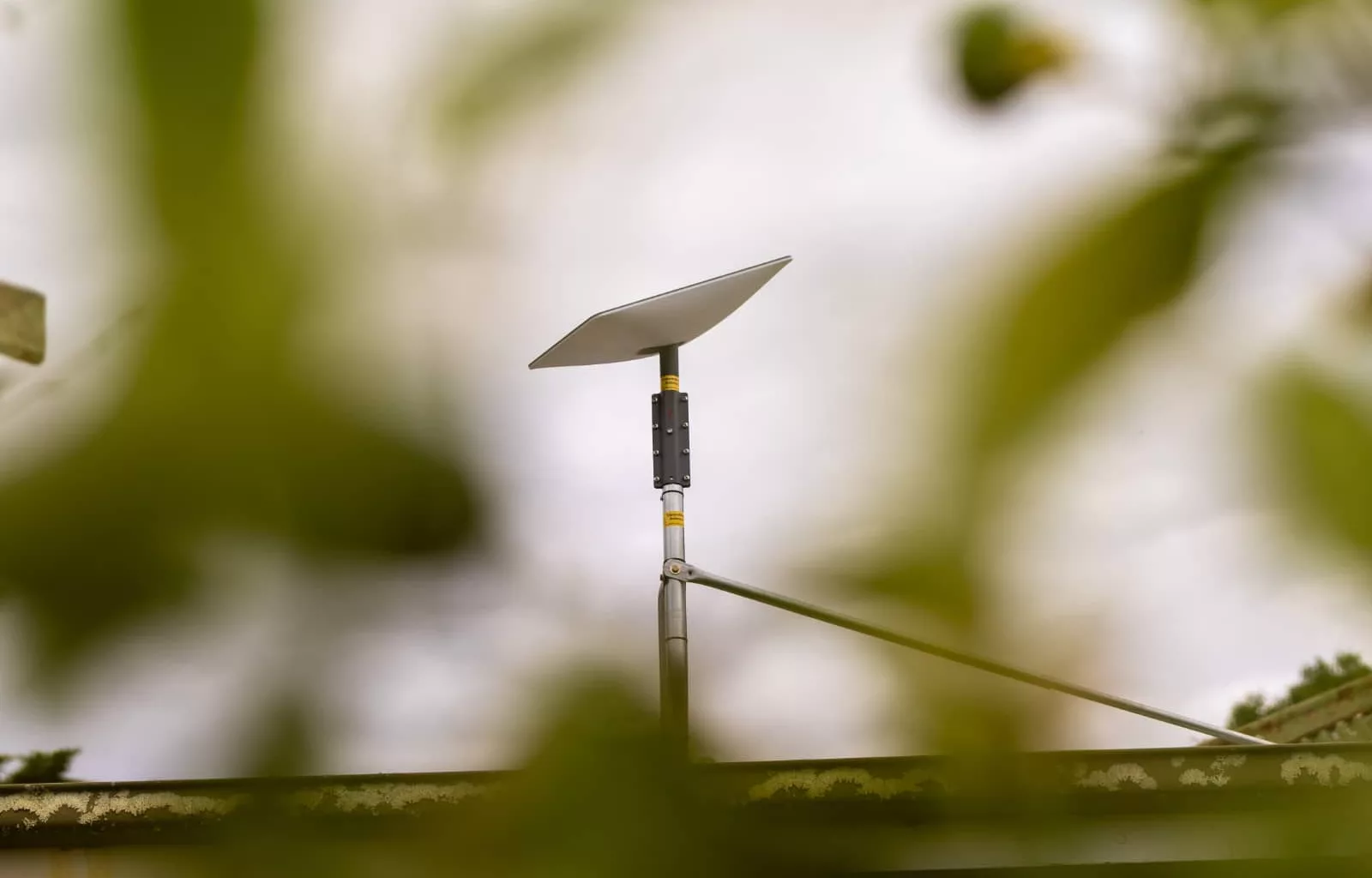Mobile, broadband, and mobile broadband aren’t the only ways Telstra subscribers can connect, as the satellite service Starlink arrives, too.
Internet access can be a little murky depending on where you live, because even though the NBN was supposed to connect the country and bring it together, the results haven’t been as perfect out in the sticks.
In the city, you’re likely to get a connection, whether it’s through a fibre connection or mobile 4G/5G usage, but in rural Australia, things are a little different, and they’re not exactly being helped by the upcoming 3G disconnect.
Fortunately, there may be an option if neither the NBN nor mobile is working well enough, as Telstra jumps into offering satellite connections in Australia.
Officially, Telstra has launched Satellite Home Internet powered by Starlink, which Telstra says uses its Low Earth Orbit Satellite services to provide internet, voice, and video. The technology nicknamed a “LEO” satellite (because it’s the first letter of each of the words) is positioned a little closer to the Earth and keeps the latency down, which means faster voice and video calls than satellites positioned higher.
For Telstra, the telco claims that should make its service more consistent for voice and video calls, with typical peak internet speeds of 50Mbps down and 10Mbps up, basically putting it in the mid-range of other broadband plans, typically where the $50-$70 mark is there.
However, because this is satellite, the connection price is a little bit different, and it costs a bit more. Telstra notes that its Satellite Home Internet plan with Starlink costs $125 per month for those 50/10 connection speeds, with the satellite kit also requiring a $599 upfront cost.

It’ll come with the Starlink antenna and cables, while Telstra’s Smart Modem 3 is also included in the package, which itself includes a backup 4G SIM if Starlink ever goes down. Depending on where you live, that may or may not be useful, though the Smart Modem does also work with Telstra’s mesh-based Smart WiFi Boosters, if you needed to extend the connection throughout a home or property.
While the price might seem a little too much for 50Mbps down, and won’t see the likely free upcoming NBN improvements for later in the year, folks in rural Australia might still be intrigued simply because the speeds will likely be a given.
With satellite connections, you’ll be able to logon with ease. At the same time, Telstra has added support for a home phone using the satellite connection, something the Telstra Smart Modem is likely enabling.

Worth noting, however, is that Starlink also offers its own connections, with the same $599 price for the Starlink hardware married to a $139 monthly cost for residential customers, but a listing of “unlimited high-speed, low-latency internet”, which according to WhistleOut’s experience maxes out at 100Mbps.
In short, Telstra’s $125 per month Starlink plan is 50Mbps slower than Starlink’s $139 per month plan. At this point, if you’re paying for service, $14 per month might make the case for Telstra, but 100Mbps is easily the more solid speed option if you need to share a connection around the home between several people.
Starlink also offers a roaming option for cars, which we’ve previously noted could be a good option if Telstra doesn’t manage to get its 4G coverage to 3G parity by the time the 3G network is shut down in June.
As for Telstra’s satellite connection, that’s available now online and through Telstra stores.






